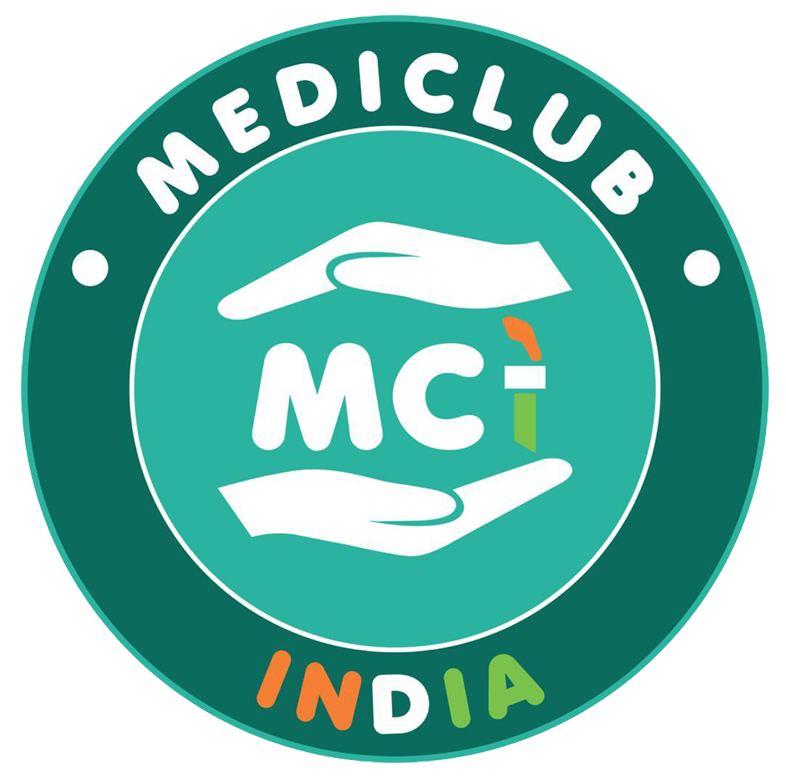“For many women, painful periods, including menstrual cramps or discomfort during menstruation, are a part of life. However, while mild discomfort can be normal, intense or persistent pain should never be ignored. Understanding the difference between typical menstrual pain and when to seek medical help is essential to ensure your health and well-being.
Understanding Menstrual Pain: Why It Happens
Painful periods, also known as dysmenorrhea, are a common occurrence among women, especially during their teenage years or early adulthood. The pain usually originates from contractions of the uterus, triggered by the hormone-like substances called prostaglandins. These contractions help expel the uterine lining, but high levels of prostaglandins can lead to intense cramps, discomfort, and other symptoms like bloating, nausea, or back pain.
While this pain is considered a normal part of menstruation, the severity of pain can vary greatly. Typically, menstrual cramps last for 1-3 days at the beginning of the period and may subside as the bleeding reduces.
When is Painful Periods Normal?
Painful periods are often normal if they are mild to moderate in intensity and last for a short duration. If your cramps begin on the first day of your period and gradually decrease over the next few hours or days, it is generally considered normal. Other mild symptoms like headaches, fatigue, or lower back pain are also quite common and usually not a cause for concern.
Most women experience this form of primary dysmenorrhea, which typically begins in adolescence and decreases with age or after childbirth. For many women, the pain can be managed with over-the-counter pain relievers like ibuprofen, heating pads, and gentle exercise.
When to See a Doctor: Warning Signs of Abnormal Pain
While most period pain is manageable, some signs suggest that your symptoms may go beyond what is considered normal. If you experience any of the following, it is crucial to see a doctor for further evaluation:
- Severe Pain: If your period pain is so intense that it disrupts your daily activities or requires you to miss work, school, or social events, it’s time to seek medical advice. Severe pain could indicate a more serious condition, such as endometriosis or fibroids.
- Pain That Lasts for More Than 3 Days: If your cramps persist beyond the first few days of your period or are extremely prolonged, it could be a sign of an underlying issue that requires medical investigation.
- Pain Between Periods: If you experience pelvic pain that occurs outside of your menstrual cycle, it may suggest an issue like pelvic inflammatory disease (PID), ovarian cysts, or endometriosis, which can cause chronic pain.
- Heavy Bleeding: If you experience very heavy bleeding during your period (soaking through a pad or tampon every hour for several hours), it could indicate conditions like fibroids or polyps, and you should consult a gynecologist.
- Pain Accompanied by Other Symptoms: If your period pain is accompanied by unusual symptoms such as fever, nausea, vomiting, or pain during intercourse, it may indicate an infection or other health concerns that require medical attention.
Conditions That May Cause Painful Periods
- Endometriosis: A condition where tissue similar to the uterine lining grows outside the uterus, causing severe pain.
- Fibroids: Non-cancerous growths in the uterus that can cause pain, heavy bleeding, and other symptoms.
- Adenomyosis: A condition in which the tissue that lines the uterus begins to grow into the muscular walls of the uterus.
- Pelvic Inflammatory Disease (PID): An infection of the reproductive organs that can cause chronic pelvic pain.
Conclusion: Seeking Help from a Gynecologist
If your menstrual cramps are consistently severe, long-lasting, or accompanied by other concerning symptoms, it’s time to consult a gynecologist. Dr. Shweta Mendiratta, one of the best gynecologists in Faridabad, can help diagnose the cause of your painful periods and provide effective treatment options. Early intervention can alleviate pain, improve your quality of life, and prevent potential complications.
Whether you need a diagnosis, treatment plan, or simply advice on how to manage your symptoms, Dr. Shweta Mendiratta offers compassionate and expert care tailored to your needs. Don’t suffer in silence—book an appointment today to take control of your health and well-being.



